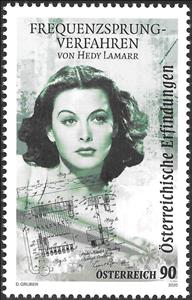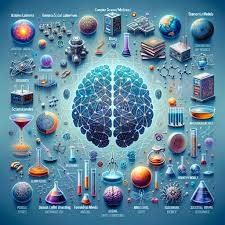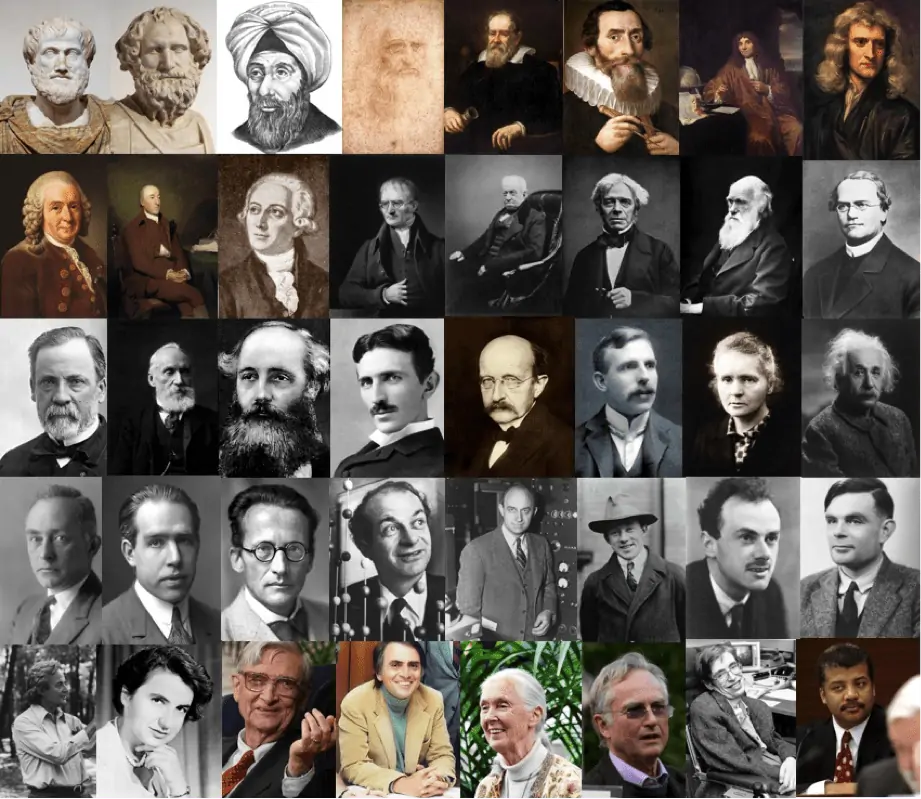Stamp: Frequency Hopping, by Hedi Lamarr (Austria 2020)
Frequency Hopping, by Hedi Lamarr (Austria 2020)
22 January (Austria ) within release Austrian inventions goes into circulation Stamp Frequency Hopping, by Hedi Lamarr face value 90 Euro cent
| Stamp Frequency Hopping, by Hedi Lamarr in catalogues | |
|---|---|
| Michel: | Mi: AT 3501 |
| Stamp Number: | Sn: AT 2836 |
| Yvert et Tellier: | Yt: AT 3345 |
| ANK: | ANK: AT 3522 |
Stamp is vertical format.
Design: David Gruber Printed in mini sheets of 10 copies.Also in the issue Austrian inventions:
- Mini Sheet - Frequency Hopping, by Hedi Lamarr face value 10*90;
- Stamp - Frequency Hopping, by Hedi Lamarr face value 90;
Stamp Frequency Hopping, by Hedi Lamarr it reflects the thematic directions:
An actor (or actress for females) is a person who portrays a character in a performance. The actor performs "in the flesh" in the traditional medium of the theatre, or in modern mediums such as film, radio, and television. The analogous Greek term is ὑποκριτής (hupokritḗs), literally "one who answers". The actor's interpretation of their role pertains to the role played, whether based on a real person or fictional character. Interpretation occurs even when the actor is "playing themselves", as in some forms of experimental performance art, or, more commonly; to act, is to create, a character in performance.
Famous People refers to the fame and public attention accorded by the mass media to individuals or groups or, occasionally, animals, but is usually applied to the persons or groups of people (celebrity couples, families, etc.) themselves who receive such a status of fame and attention. Celebrity status is often associated with wealth (commonly referred to as fame and fortune), while fame often provides opportunities to make money.
Science is a systematic discipline that builds and organises knowledge in the form of testable hypotheses and predictions about the universe.Modern science is typically divided into two or three major branches: the natural sciences (e.g., physics, chemistry, and biology), which study the physical world; and the behavioural sciences (e.g., economics, psychology, and sociology), which study individuals and societies.The formal sciences (e.g., logic, mathematics, and theoretical computer science), which study formal systems governed by axioms and rules, are sometimes described as being sciences as well; however, they are often regarded as a separate field because they rely on deductive reasoning instead of the scientific method or empirical evidence as their main methodology. Applied sciences are disciplines that use scientific knowledge for practical purposes, such as engineering and medicine
A scientist is a person who researches to advance knowledge in an area of the natural sciences




